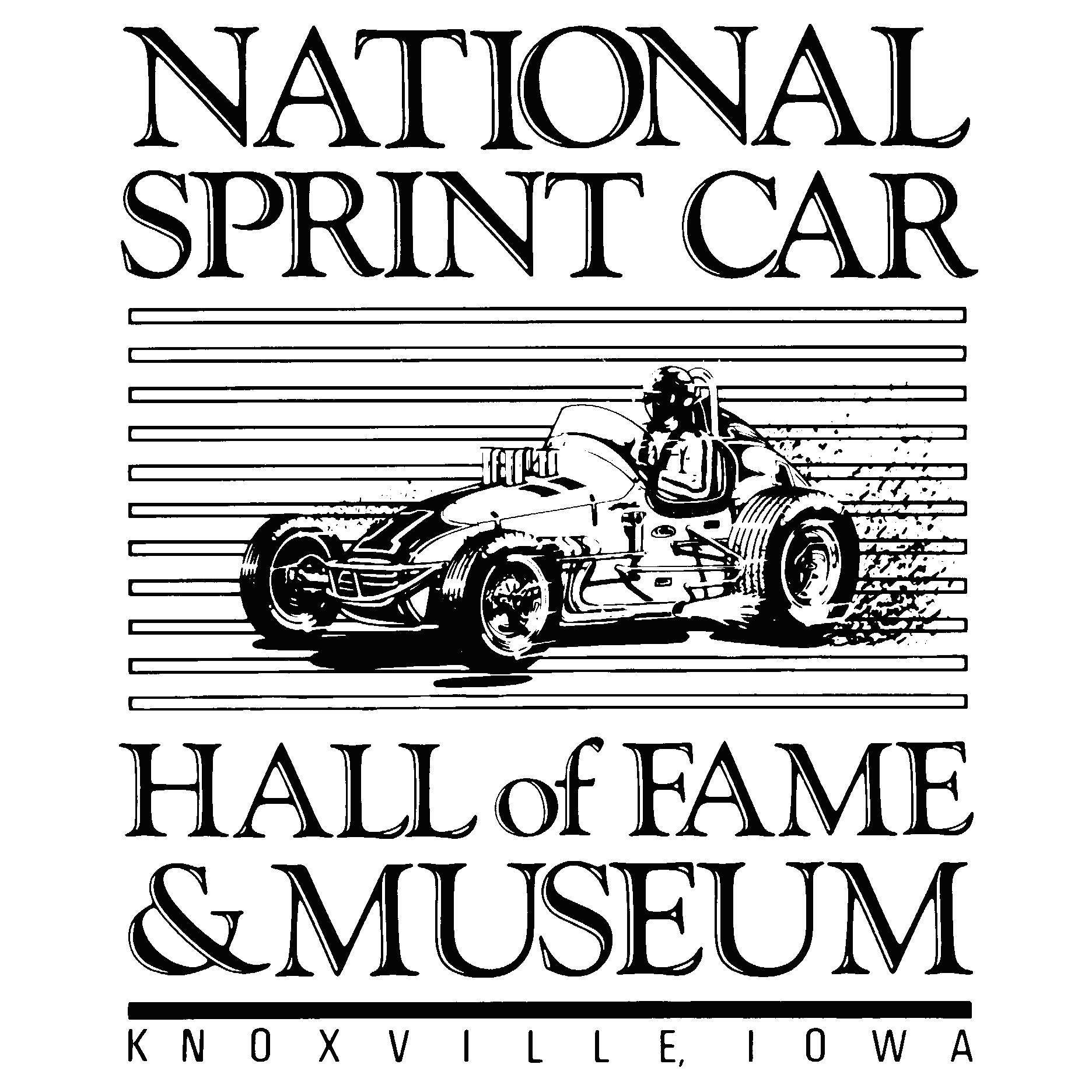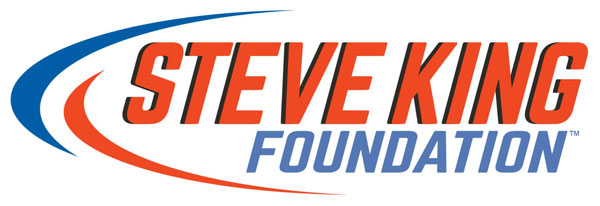Expect the unexpected in the Great American Race
Photo by Courtesy of Toyota Racing
Entering the Great American Race there are still a lot of unknowns surrounding the Next Gen car.
While the Duels offered a glimpse of potential drafting possibilities, will a full field change the dynamic?
Will teams that practiced together stay together when push comes to shove?
And ultimately, what will it take to win?
“I think it’s just execution and just being strategic with your moves and how you manage the race,” said three-time Daytona 500 winner Denny Hamlin—the only multi-time winner of the event in Sunday's field. “Really, a lot of it is going to boil down to just not making mistakes.
“And if you do make mistakes, make sure they’re early where you can recover because I think it will be a little bit difficult to recover if it happens late.”
That's what 2015 Daytona 500 winner Joey Logano discovered in the second Duel on Thursday night when an ill-timed block attempt on Chris Buescher resulted in the No. 22 Team Penske crew pulling out a backup car for Sunday’s race. Certainly, a lack of parts and pieces—and Gen 7 cars in general—have teams being more cautious than usual. Only half of the field participated in Happy Hour on Saturday.
Harrison Burton led the Team Penske pack of Fords with a lap of 47.782-seconds. Kevin Harvick was the quickest of the Stewart-Haas Racing Mustangs. Daniel Hemric’s lap of 48.447-seconds was the fastest of the 10 Chevrolets. The six Toyotas passed on final practice.
And similar to the Duels, the magic number appeared to be four cars aligned in a drafting pack during practice. The fifth car in line—at least during Thursday’s qualifiers—never seemed to be able to hang on. Hamlin believes there are multiple causes for the disadvantage of the car at the tail, including the wake coming off of the front cars stalling the last driver’s momentum.
“I tried my best,” Hamlin said of his attempt to hang on to the pack. “I lined up and did everything I was supposed to do. I was at the tail end—and this is once I got lapped by the Toyotas because I was trying to push them forward and I couldn’t hang on.
“There’s nothing I could’ve done short of telling the person in front of me where to run on the race track to allow me to stay in there. But you can’t do it. These cars lose so much engine power behind others.”
Hamlin won’t predict what the tenor of race might be. The first two stages should be fairly tame as long as the majority of drivers remain on the lead lap. There were several times during the course of the Duels that drivers such as Hamlin or Ricky Stenhouse Jr., who have been historically stout at speedways opted to bail when in sketchy spots inside of the draft.
If a driver is forced to lift, he might feel like being shot out of a cannon to the rear of the field. That’s where Hamlin believes the potential exists for the packs to become strung out as the race progresses. As drivers become separated from their traditional dancing partners, they’ll be forced to find new ones. And for some manufacturers whose bumpers don’t marry up well for drafting.
“I’ve had people ask me, ‘Hey, what’s your plan?’ Because they know we have a fast car,” said Stenhouse, who won the July Cup race here in 2017. “They ask, ‘Who are you married to on Sunday?’ And I reply, ‘I’m married to myself.’ I’ve got to win. But you need the right amount of numbers. If you’re in the top four and you get separated (from the field), you would love that. But (unlike the Duels) you’ll have more cars pitting at one time in the 500. So, I don’t think it will be as spread out. But it will be important to time your pit stops accordingly.”
Because Stenhouse is the lone JTG Daugherty Racing Chevrolet, there’s not a natural foursome for him to align with such as the Hendrick Motorsports contingent or even the four Chevys from the Richard Childress Racing alliance. Sure, he could work other independents like Trackhouse Racing if the bumpers paired up well, but they don’t.
But because Stenhouse is fast—and generally a savvy speedway racer—he could be considered an asset. As an equal-opportunity drafter, he’s not afraid of lighting onto another line. He did just that in the second Duel. And when the Fords pitted, so did Stenhouse.
“They can’t stop me from pitting with them,” Stenhouse said. “So I know they're pitting. I'll pit with them. Unfortunately, we had a bad pit stop and kind of fell out of that draft. But if I would have had a good pit stop and come out second in line, there's nothing they can do about it, right?”
Stenhouse understands the Fords could gang up on him and shuffle the No. 47 Chevy out of the mix. But that’s when a driver has to be selfish. For speedway savants like Stenhouse and Hamlin, that’s never been a problem.
“You have to be selfish, obviously,” Hamlin said. “You can’t win if you’re content on just helping someone else. If I help someone else there are selfish reasons behind it. It might look like I’m trying to help someone—I’m trying to help myself. It’s just kind of the way it is.
"In this world of manufacturer alliances and all that stuff that has really been a prominent part of our racing, the bottom line is I’ve made a career at superspeedways the last 10 years just counting on other people being selfish.
“Then, when the rubber hits the road at the end of the race, the guy in eighth place pushing seven of the same manufacturers in front of him eventually is going to get tired of waiting and know that his time has run out and he has to make a move and that’s typically when I capitalize. That’s typically how it’s worked in the past and drivers will always be selfish, especially at the end of the 500.”

.png)





